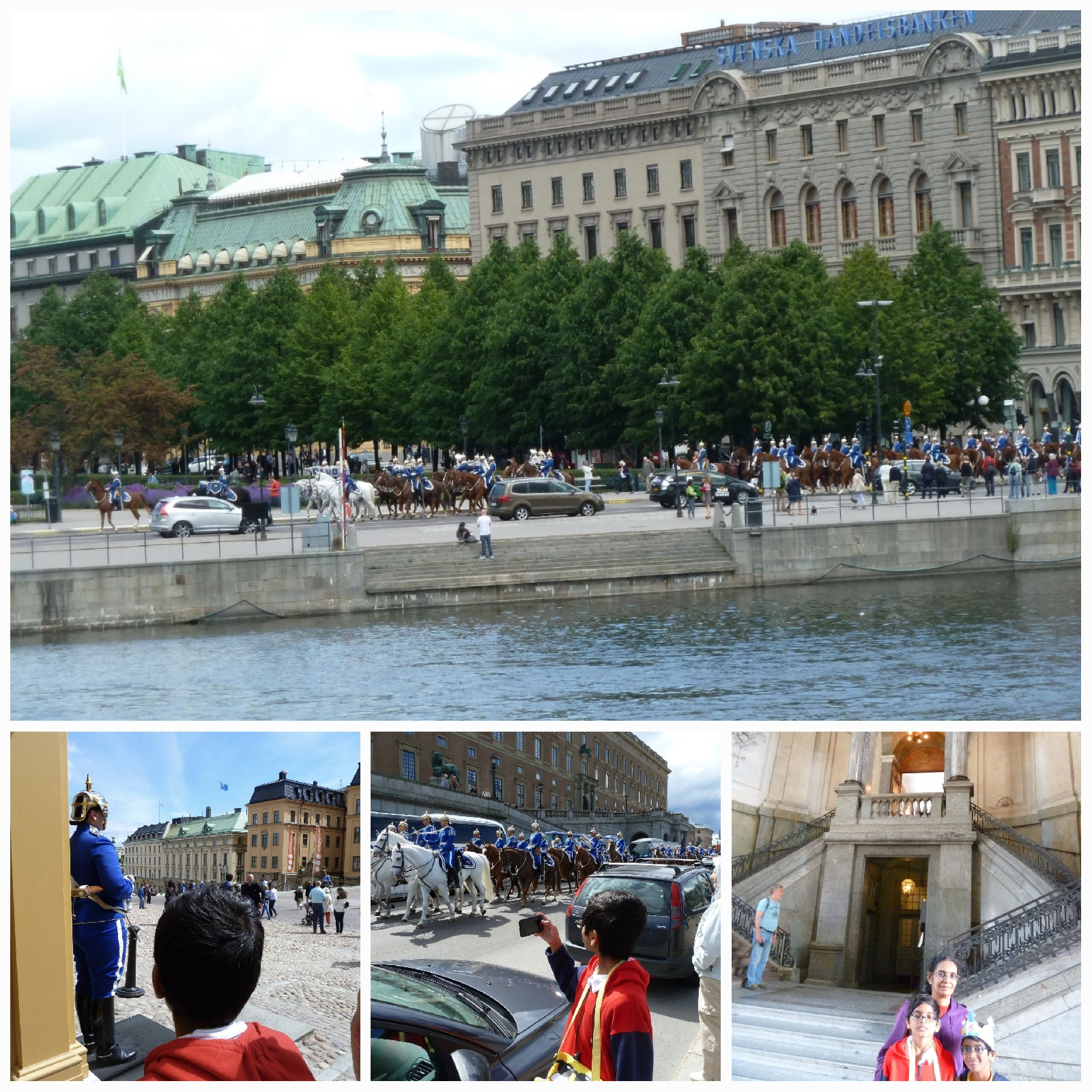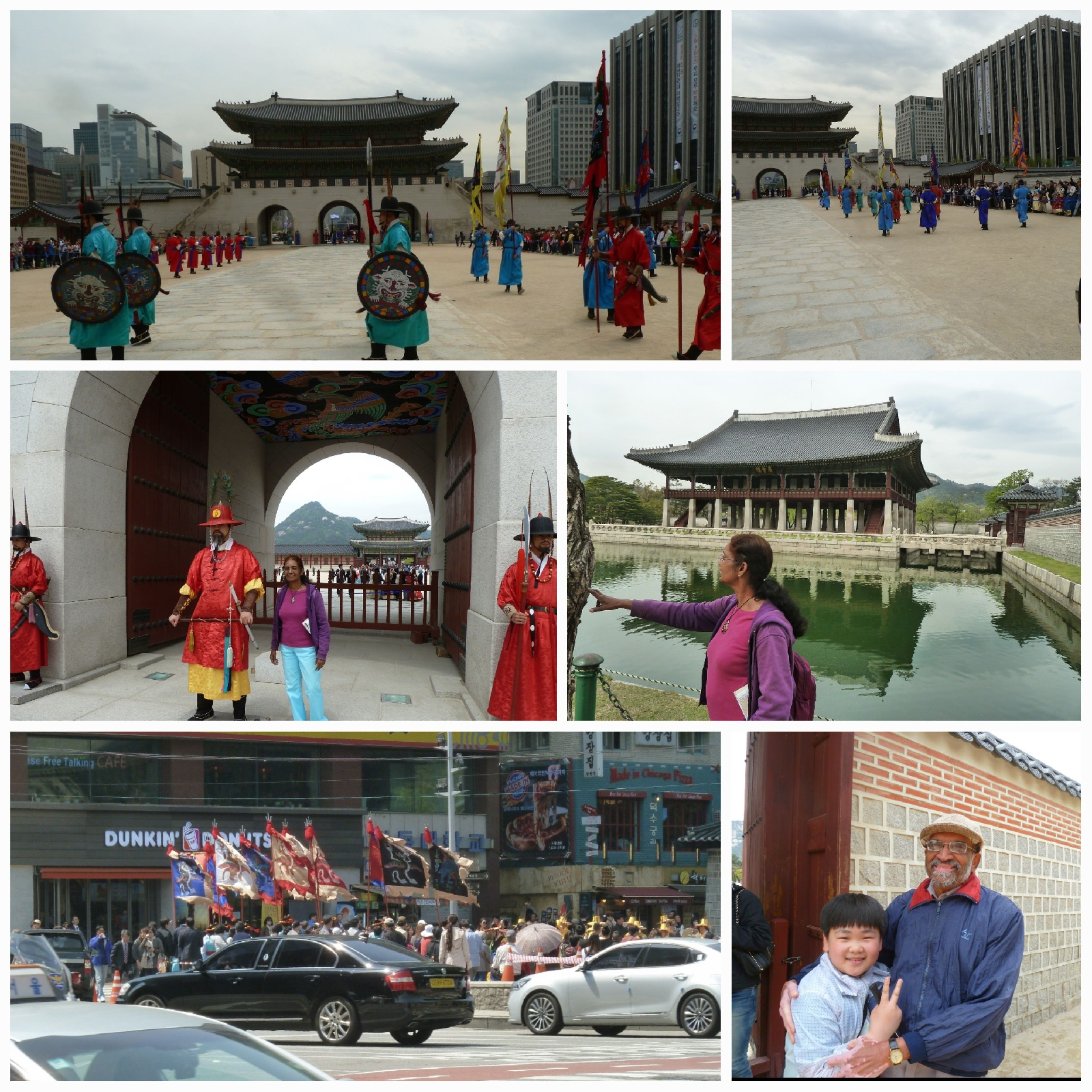A blog to share our travel experiences with friends and acquaintances and to which posts will be added at readers' request and whenever my muse visits me( frequently, I hope).
A brush with protests and riots
Watch Switch: Changing of the guards
A profound, blessed and humbling audience of sorts: the Dalai Lama
Seattle to Malta: Did you hear that right?
Who is the miller's daughter?: the Netherlands, June 2014
Groningen, The Netherlands: The Miller's Daughter
Living in a wagon
We arrived at Groningen following our GPS directions to our accommodation at the local windmill, a working one! We are close to the windmill but cannot locate our accommodation. Is it supposed to be in the mill? We are in a rural community so I simply park the car along a side road while the other two adults walk around looking for the address. It takes a while but they do finally locate the entrance. The road leads us to the front yard where the host is waiting. Our room was a well furnished wagon with only a potty for nightime leaks. None of us wanted to exercise that option. A nice clean barhroom is in the main house, a few feet away. The room on wheels had a little deck with a couple of willow chairs and a bird cage. A nice place to relax with a book and a refreshing drink.
What's in a name?
Surrounding us is a rustic wilderness that has only natural sounds and lots of greenery. Most importantly we are in the shadow of a working windmill. The wagon is like and offshoot of the mill, hence the name.
Chemistry lab: experimental kitchen
To prepare a meal we use the host's guest kitchen in the main house. The makeshift kitchen consists of chemistry benches replete with racks for test tubes and such, and working sinks at both ends. It turns out that the owner is an architect and has bought this house to restore it, the furnishing being sourced out antiques. We ate at the picnic table at one corner of the 'lab'. The main washroom is also located here. It has modern amenities but a thick old wooden barn door with antiquated bolts and hooks.
In the morning a walk around the neighbourhood leads to vistas of vast open grassland where horses graz and romp to their heart's content. The grandchildren do not want to wear their jackets despite the chill since they wanted to acclimatise themselves to the weather.
Korenmolen Wilhelmina: the works
Thats the name of the windmill we are staying beside. No visit to Holland would be complete without a peek into a windmill whether used for irrigation or for grinding wheat.Our host arranges for us to see the inside of the windmill for the next day. The lady who runs the mill had to take a 6-month training course in running the mill before she could take over, for controlling the vanes can be hazardous for the uninitiated. We realize how important the course is because when the winds are strong the blades will need to be controlled with precision and knack just as in maneuvering a sailboat in stormy seas.
Red framed barn doors beckoned us inside. The mechanics and tools are pretty rudimentary and the louvered sails can go haywire if not tilted at the appropriate angle or given the right amount of slack. She grinds wheat in the mill. All the different stages, the tools, the sluices, grades of flour and types of storage and packing are explained to us. What we enjoy most is climbing the narrow steep stairs, more like a sturdy ladder with flat rungs. When descending she recommends facing outward and that makes it all less awkward and more comfortable. Also a rope is strung from the rafters with a knot at the bottom end. You could slide down the rope to get to the round floor. Another thinner rope next to the steps serv as a hand-grab to enable quicker climbing. Just above the floor in which the horizontal discs of stone grinders are, a door opens out into a deck surrounding the tower. A large contraption on the outside wall has a rope wound around it . The rope is released or shortened by turning the wheel to control the movement of the 4 sails/blades and also to brake them.
Friendship needs no common language
The lady's son was of the same age as our grandchildren. They tried to befriend each other, one speaking Dutch and the others English.
Just before we left we spent some time talking to our host in her garden while her son socialized with our grandchildren on their trampoline.
The drive out took us through pastures with healthy Friesland cows and horses. Traffic on the roads was very well behaved. The older grandson tried his hand with the GPS and helped me navigate.
Firth and Brun: Invergordon & Inverness, Scotland
Feeling at home My love for the English language so artistically used to open up worlds of imagination, creating a better sense of the cultu...
-
Monotheists and polytheists living in harmony From Lovina we criss crossed the island to an unpretentious village, in the outskirts of Mangg...
-
We are already in The US having crossed over from Niagara Falls, Canada, via the very short Rainbow Bridge. There are 29 passengers on board...
-
One day, while we were staying with friends in the distant suburbs of Sydney we decided to take the train to the city. Our frien...
-
Playing host Before Covid, we used to volunteer in Phnom Penh, Cambodia as English tutors for Intermediate and Higher levels. While we were ...
-
A seasoning in autumn: Rockport – Thousand islands As we reach Rockport the guide asked passengers for $15 each to purchase tickets for the ...
-
Almost trekking About a 45 min. drive from Ubud we found chalets on a ridge. We decided to park and then explore. The morning dew was still...
-
Bali.An exotic island. A honey moon destination. A weekend get away. An island small enough to tour in two days. You must be crazy to spend ...
-
We have navigated Japan from the southernmost islands to the northernmost chasing the sakura and trying on kimonos. We have seen the various...
-
To follow the herd or not Arriving in Rostock, Germany, what met us first at this dinghy port were two huge cooling towers of a power stat...
-
As luck would have it We did our Char Dham Yatra (a Hindu pilgrimage to 4 spiritual abodes) in 2006 mainly because it was arranged through ...




























